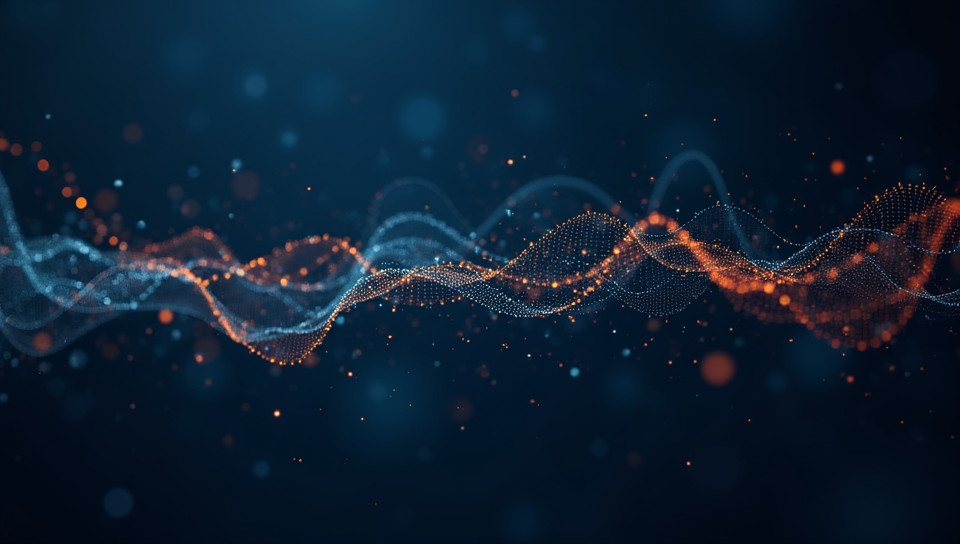Correlation implies a statistical relationship exists between variables 75%

Understanding Correlation: The Statistical Relationship Between Variables
When we think about relationships, we often focus on causal connections between two or more variables. However, correlation is a different beast altogether. It's a statistical relationship that reveals how two variables move together in a predictable way. In this article, we'll delve into the world of correlation and explore what it means for your career.
What is Correlation?
Correlation is a measure of how strongly two or more variables are related to each other. It's a quantitative way to describe the relationship between two variables, usually represented by a number between -1 and 1. The closer the correlation coefficient is to 1 or -1, the stronger the relationship.
Types of Correlation
There are three types of correlation:
- Positive correlation: As one variable increases, the other variable also tends to increase.
- Negative correlation: As one variable increases, the other variable tends to decrease.
- No correlation: The variables do not show a consistent pattern or relationship.
Why is Correlation Important?
Correlation is essential in various fields, including economics, finance, medicine, and social sciences. By understanding how different variables are related, you can make more informed decisions and identify potential trends or patterns.
Applications of Correlation
Correlation has numerous applications across industries:
- Identifying risk factors: In finance, correlation helps investors understand the relationship between assets and make informed investment decisions.
- Predictive modeling: In medicine, correlation is used to develop predictive models that can forecast patient outcomes based on various factors.
- Understanding market trends: In economics, correlation helps policymakers understand how different economic variables interact and impact the economy.
Conclusion
In conclusion, correlation implies a statistical relationship exists between variables. It's a powerful tool for understanding complex relationships and making informed decisions. As professionals in various fields, it's essential to grasp the concept of correlation and its applications. By doing so, you'll be better equipped to analyze data, identify patterns, and drive meaningful insights that can inform your career and help you achieve success.
- Created by: Mohammed Ahmed
- Created at: Nov. 14, 2024, 1:08 p.m.
- ID: 15917





